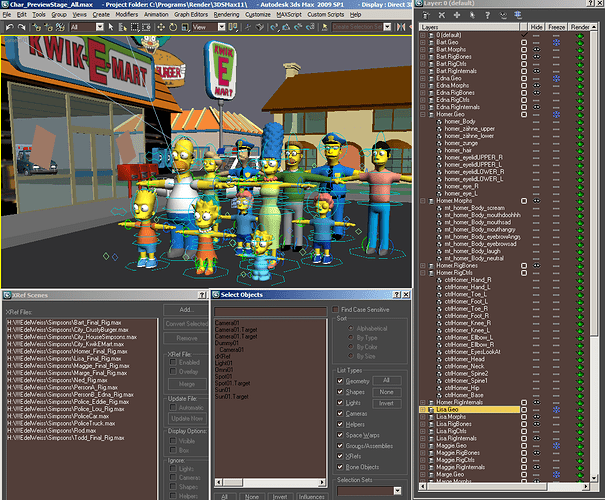hey everyone,
i was curious to know what kinds of methods other people use for managing lots of max files, specifically related to characters and weighting files.
we have a large amount of clothing piece assets which are being dynamically loaded in-game. i would like to keep master files of each piece - uppers, lowers, etc - and use xref to reference other files (similar to how i would do it in maya), but i can’t change visibility of assets within xref’d files to see how my rom animation looks (finding penetration etc). also, script controllers seem to freak out on xref… this is not such a big deal because nothing is being saved on the xref file, but it is an annoyance.
curious to know how others deal with this pipeline…
-jeremy



